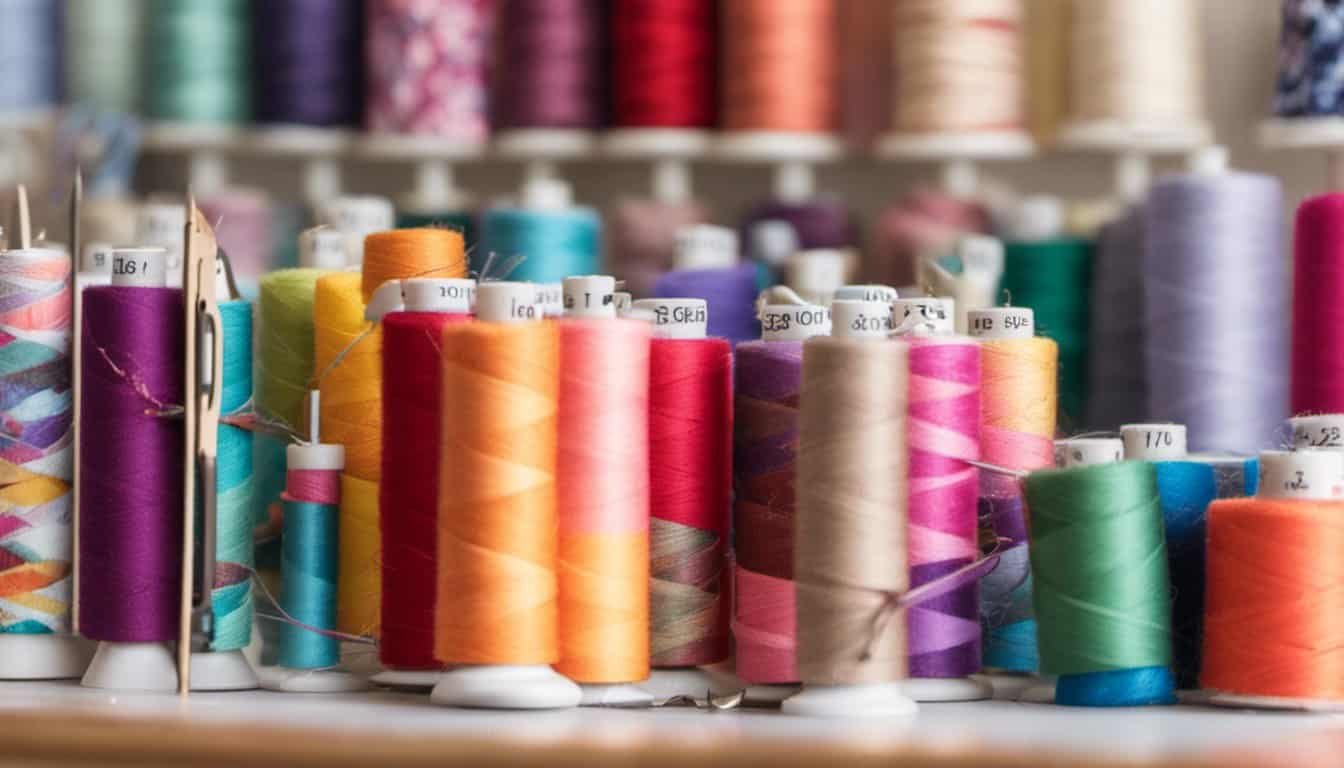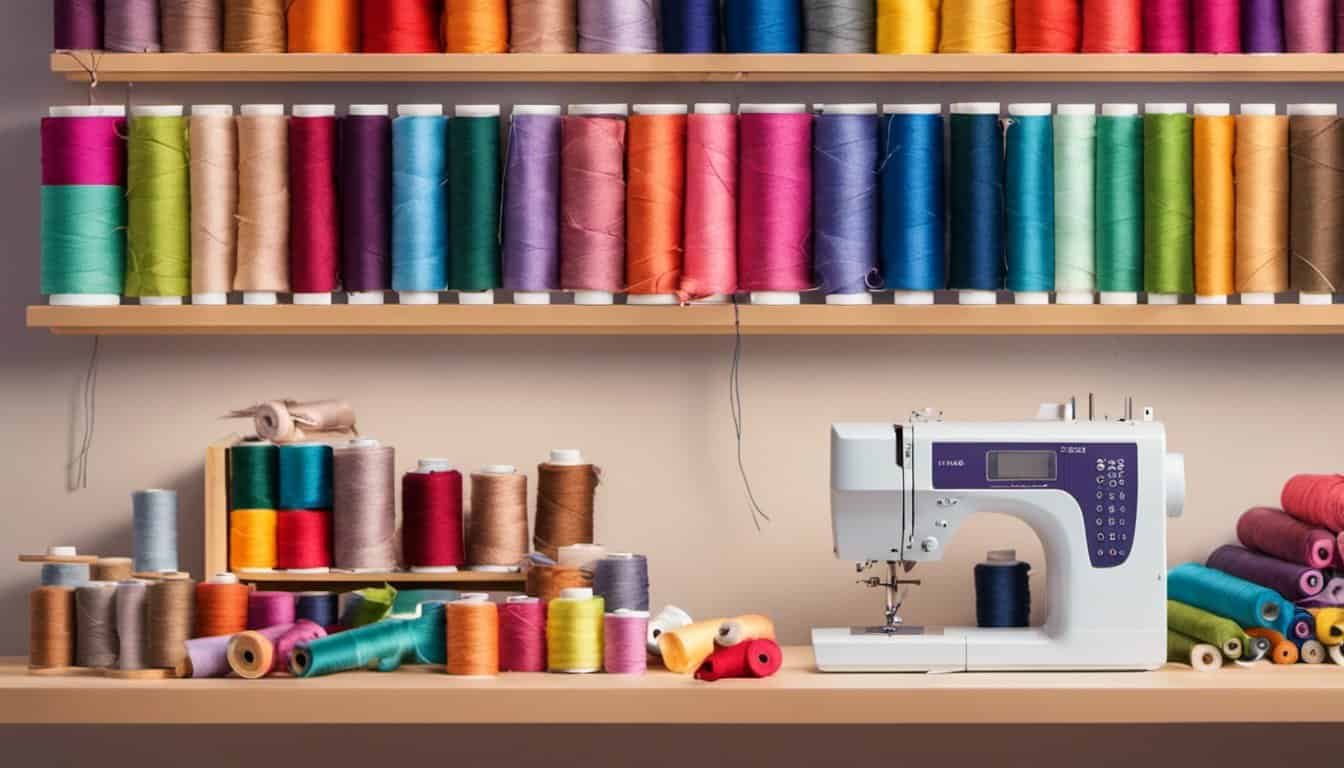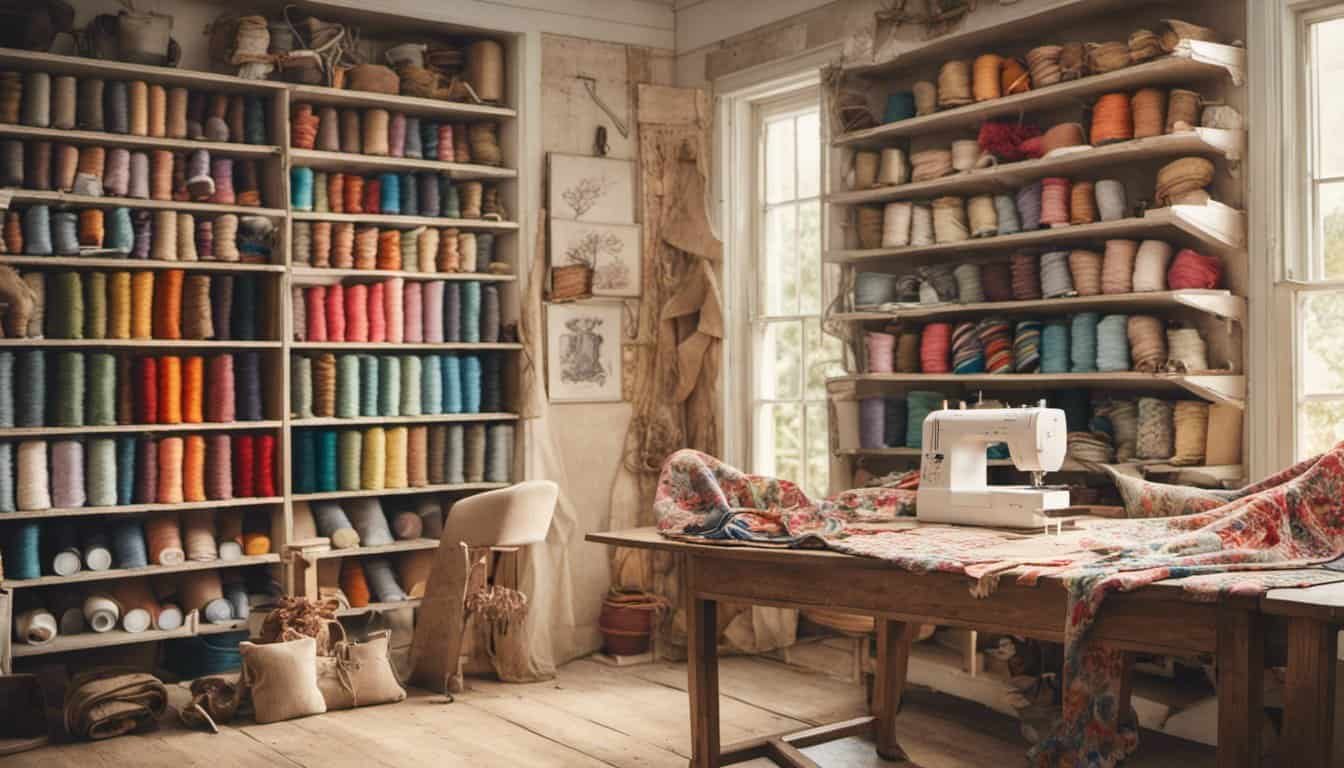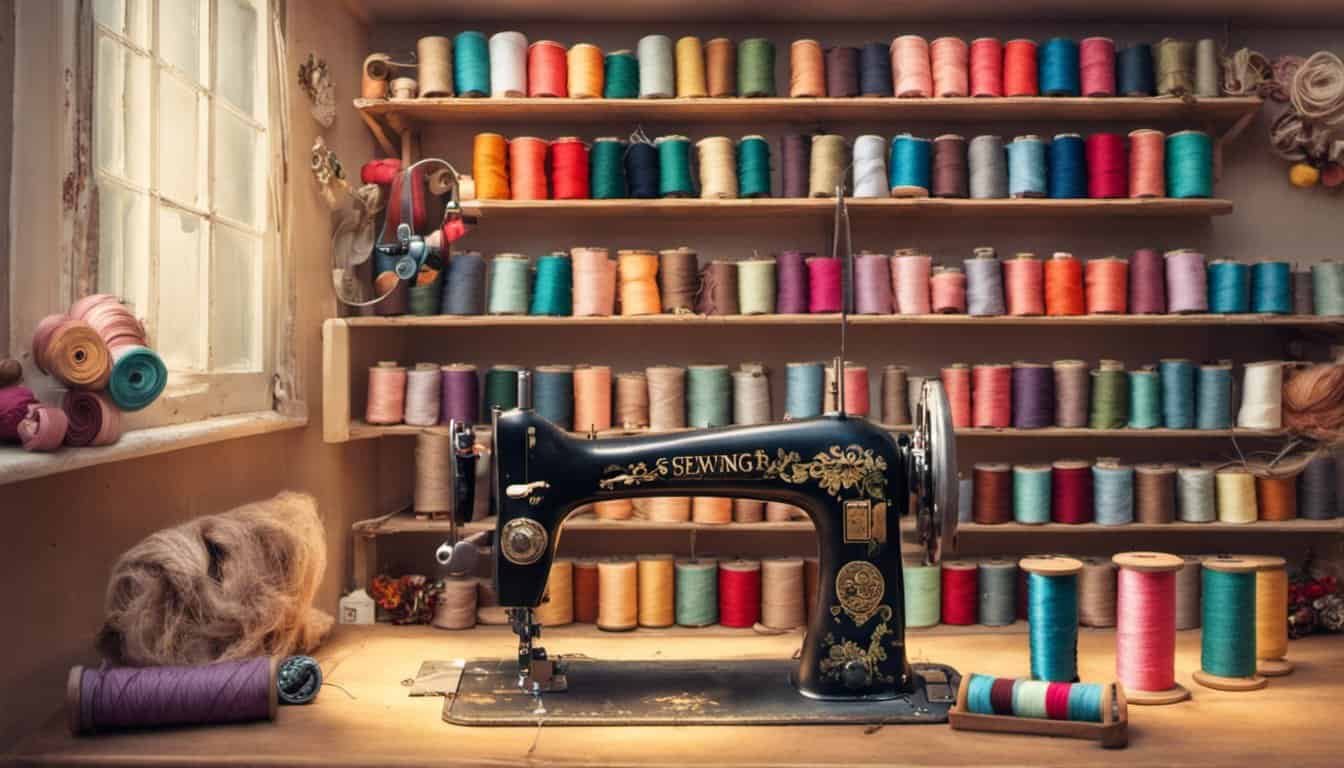Are you looking to make your own face masks at home? If you’re new to sewing or just want a simple pattern to follow, you’re in luck! In this article, we’ll share the easiest pattern for sewing face masks. Whether you’re a beginner or an experienced sewer, this pattern will guide you through the process step by step. Get ready to create your own stylish and functional face masks in no time!
When it comes to sewing face masks, simplicity is key. That’s why we’ve found the easiest pattern for you to follow. With just a few materials and basic sewing skills, you’ll be able to create your own masks in no time. This pattern is perfect for beginners or anyone who wants a quick and easy solution. Get ready to unleash your creativity and protect yourself and others with a homemade face mask.
Materials Needed for Sewing Face Masks
Now that you’re ready to embark on your face mask sewing journey, let’s gather the materials you’ll need. Don’t worry, you won’t need anything too fancy or difficult to find. In fact, you probably already have most of these items lying around your home!
Here’s what you’ll need to get started:
- Fabric: Look for tightly woven cotton fabric, such as quilting cotton or bed sheets. These materials offer good protection while still allowing for breathability. Choose a fun and vibrant fabric pattern to add some style to your face masks!
- Elastic or Ties: You have a couple of options here. If you prefer elastic ear loops, you can use 1/4″ or 1/8″ wide elastic. Alternatively, you can use fabric ties made from the same fabric as your mask. These ties can be around 1/2″ wide and 18″ long.
- Scissors: A sharp pair of scissors is essential for cutting fabric and elastic neatly. Make sure they’re designated for fabric use only, as using them for other materials can dull the blades.
- Pins or Clips: These will come in handy for holding your fabric layers together while sewing. Use whichever you feel most comfortable with – traditional straight pins or handy clips.
- Sewing Machine: While it is possible to sew face masks by hand, having a sewing machine makes the process much faster and easier. If you don’t own a sewing machine, ask around – a friend or family member might be willing to lend you theirs.
- Thread: Choose a high-quality thread that matches the color of your fabric. It’s important that the thread is strong and won’t break easily.
- Iron and Ironing Board: Pressing your fabric and seams with an iron will give your face masks a professional, finished look. If you don’t have an ironing board, a clean towel placed on a sturdy table will do the trick.
Now that you have all the necessary materials, it’s time to dive into the sewing process. In the next section, we’ll guide you through each step, ensuring that you end up with a comfortable and well-fitting face mask.
Choosing the Right Fabric for Face Masks
When it comes to making face masks, one of the most crucial decisions you’ll make is selecting the right fabric. You want a fabric that is effective in filtering out particles, comfortable to wear, and easy to breathe through. With so many options available, it can be overwhelming to know which fabric is best suited for your face masks. But fear not! I’m here to guide you through the process.
Here are some factors to consider when choosing the fabric for your face masks:
- Tightly woven cotton: Look for fabrics that have a tight weave, as they provide better filtration. Fabrics like quilting cotton, cotton twill, and cotton sheets are excellent choices. Avoid fabrics with loose weaves, such as loosely knit fabrics or chiffon.
- Multiple layers: Opt for multiple layers of fabric to enhance the filtration capacity of your mask. Two or three layers of tightly woven cotton can offer improved protection.
- Breathability: While filtration is essential, it’s equally important to ensure that your mask is breathable. Choose fabrics that allow air to pass through easily, preventing excessive heat buildup and discomfort. Cotton is known for its breathability, making it an excellent choice for face masks.
- Comfort: Consider the feel of the fabric against your skin. Soft and lightweight fabrics, like cotton jersey or flannel, can make wearing a mask for extended periods more comfortable.
- Durability and washability: Your face mask should be reusable, so select a fabric that can withstand frequent washings without losing its shape or effectiveness. Most cotton fabrics can be easily washed, making them a practical option.
Remember, it’s essential to wash your fabric before starting to sew your face masks. This helps remove any chemicals or dirt that may be present and ensures a clean and safe final product.
Basic Sewing Techniques for Making Face Masks
When it comes to sewing face masks, there are a few basic techniques that will help you create a comfortable and effective mask. Whether you’re a beginner or have some sewing experience, these techniques are easy to follow and will ensure that your masks turn out great.
1. Straight Stitching
The straight stitch is the most basic of all sewing stitches, and it’s perfect for sewing face masks. To achieve a straight stitch, simply set your sewing machine to a straight stitch setting. Align the fabric edges, and sew along the designated seam line with a 1/4 inch seam allowance. Remember to backstitch at the beginning and end of each seam for added stability.
2. Topstitching
Topstitching is a valuable technique for attaching elastic or fabric ties to your face mask. It involves stitching along the top edge to secure and add a polished finish to your mask. Be sure to sew slowly and carefully to achieve straight and even stitches. This not only reinforces the key areas of your mask but also adds a professional touch.
3. Pivot Stitching
When sewing curves on your face mask, pivot stitching is essential. It allows you to smoothly maneuver around corners and curves without stopping and starting your stitching repeatedly. To pivot stitch, keep your needle in the down position, lift the presser foot, rotate the fabric slightly, and continue sewing.
4. Finishing Techniques
To ensure durability and prevent fraying, it’s crucial to finish the edges of your face mask. You can achieve this by using a serger or zigzag stitch to sew around the raw edges of the fabric. This technique not only reinforces the edges but also gives your mask a clean and professional look.
Remember, practice makes perfect! Don’t be discouraged if your first few masks don’t turn out exactly as you hoped. Keep refining your skills, and soon you’ll be sewing masks like a seasoned pro. With these basic sewing techniques under your belt, you’re well on your way to creating comfortable and effective face masks for yourself and your loved ones.

The Easiest Pattern for Sewing Face Masks
If you’re looking for a simple and straightforward pattern for sewing face masks, you’ve come to the right place! As an expert in all things sewing, embroidery, knitting, and crafts in general, I’m here to guide you through the process of creating your own face masks with ease.
When it comes to face masks, it’s important to use tightly woven cotton fabric for optimal protection. Make sure to choose fabric that has multiple layers for added durability. Remember, the tighter the weave, the better the filtration. Pre-washing the fabric is also essential, as it ensures a clean and safe final product.
Let’s get started with the pattern. Here’s what you’ll need:
- Tightly woven cotton fabric
- Elastic or fabric ties
- Scissors
- Pins or clips
- Sewing machine
- Thread
- Iron
First, measure and cut out two rectangular pieces of fabric, each measuring approximately 8 by 6 inches. These will be the main body of your mask.
Next, fold the short edges of one fabric piece, creating a 1/4 inch hem. Press it with an iron to hold the fold in place. Repeat this step with the other fabric piece.
« 10 Surprising Reasons Why Your Sewing Machine Constantly Bunches Up – Learn the Secret Techniques to Fix it Fast
Unleash Your Creativity: Discover How Sewing Machines Revolutionize Embroidery Forever »
Now it’s time to create the pleats. With the wrong side of the fabric facing up, fold the sides of the fabric towards the center, creating three evenly spaced pleats. Use pins or clips to hold the pleats in place.
Next, stitch the sides of the fabric together using a straight stitch, making sure to leave a small opening on one side for inserting the elastic or fabric ties.
Once you’ve stitched the sides together, you can attach the elastic or fabric ties. Cut two pieces of elastic or fabric ties, each measuring around 7 inches. Insert one end of the elastic or one end of the fabric tie through the small opening on each side of the mask. Secure both ends by stitching them in place.
Finally, remove any pins or clips, and give your mask a final press with an iron to flatten any wrinkles.
Step-by-step Instructions for Sewing Face Masks
Let’s dive into the exciting world of sewing face masks! Grab your fabric, thread, and sewing machine because we’re about to create a masterpiece. Follow these step-by-step instructions to make a comfortable and effective face mask.

- Measure and Cut the Fabric: Start by measuring the width and height of your face. Add an extra inch to both measurements for seam allowance. Now, cut two rectangular pieces of tightly woven cotton fabric according to your measurements.
- Create Pleats: Take one fabric piece and fold it in half lengthwise with the right side facing out. Make two fold lines on each side about half an inch apart. Pin the pleats down and press them with an iron. Repeat the same process with the second fabric piece.
- Stitch the Sides: Place the pleated fabric pieces on top of each other, right sides facing in. Make sure the pleats are facing the same direction. Pin the sides together and stitch along the edges, leaving around a 1/4 inch seam allowance.
- Attach Elastic or Fabric Ties: Measure two pieces of elastic or fabric ties, each about 7 inches long. Fold the ends of the elastic or fabric and sew them securely to the corners of the mask. If using fabric ties, sew them onto the corners, leaving enough length to tie comfortably behind your head.
- Finishing Touches: Trim any excess threads and give your mask a final press with the iron. Don’t forget to pre-wash your mask before using it.
Congratulations, you’ve just created your very own face mask! But remember, practice makes perfect. Experiment with different fabrics and designs to find what works best for you.
Tips and Tricks for Sewing Face Masks
Sewing face masks can be both a rewarding and practical endeavor, especially during these challenging times. As an expert in all things sewing, embroidery, knitting, and crafts in general, I’m here to provide you with some useful tips and tricks to ensure your face masks are not only effective but also comfortable to wear.
1. Choose the right fabric
When it comes to fabric selection for your face masks, opt for tightly woven cotton fabric with multiple layers. This provides a good balance of breathability and filtration. Avoid fabrics that are too porous or stretchy, as they may not provide adequate protection. Additionally, consider pre-washing your fabric to remove any chemicals or dyes that could potentially irritate your skin.
2. Experiment with different designs
There’s no one-size-fits-all approach to face mask designs. Don’t be afraid to experiment with different patterns and styles to find the one that suits you best. Some common designs include pleated masks, fitted masks, and contour masks. You can also add a wire nose bridge or a filter pocket for added protection. Get creative and find a design that meets both your style and comfort preferences.

3. Take accurate measurements
To ensure a well-fitting mask, it’s important to take accurate measurements. Measure from the bridge of your nose to under your chin and from cheekbone to cheekbone. This will help you determine the correct size for the mask pattern you’re using. Remember, a properly fitting mask will cover your nose, mouth, and chin snugly without gaps.
4. Use the right needles and thread
Choosing the appropriate needles and thread for sewing face masks is essential. Use a universal needle size 80/12 or a ballpoint needle, especially if you’re working with knit fabrics. For the thread, select a durable and strong option like polyester or cotton-wrapped polyester that can withstand repeated washing.
5. Practice proper hygiene
While sewing your face masks, it’s vital to practice good hygiene to ensure they remain clean and safe. Wash and sanitize your hands before and after handling the fabric. Keep your work area clean and disinfect your sewing machine and tools regularly. Additionally, store your finished masks in a clean and hygienic place.
By following these tips and tricks, you’ll be well on your way to creating high-quality face masks that provide both protection and comfort. Remember, practice makes perfect, so don’t be afraid to experiment
Conclusion
Now that you have learned all the tips and tricks for sewing face masks at home, you are well-equipped to create masks that are both comfortable and effective. Remember to use tightly woven cotton fabric and multiple layers for optimal protection. Don’t be afraid to experiment with different designs to find the one that works best for you. Taking accurate measurements is key to ensuring a well-fitting mask, so be sure to follow the guidance provided. And don’t forget to use the right needles and thread for a sturdy and durable mask.

Throughout the sewing process, it’s important to practice proper hygiene to ensure the masks are clean and safe to use. By practicing and refining your sewing skills, you can create masks that not only provide protection but also offer a personalized touch. So, grab your sewing machine and get started on making masks that are not only functional but also reflect your unique style. Happy sewing!

















